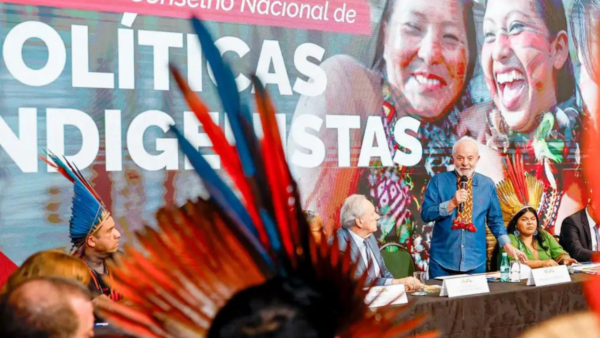In November 1993, a group of university students in São Paulo had dinner at the Maksoud Plaza Hotel, one of the city’s most expensive at the time, and refused to pay their USD 700 bill.
Far from a dine and ditch, this was a protest. The students belonged to a movement entitled Reparations Now, which demanded affirmative action policies for black and multiracial Brazilians. The idea was to parody the dia de pendura, a tradition among law students in the country by which they do not pay to eat and drink at fancy restaurants every August 11.
At the time, the group claimed that the descendants of Brazil’s slaves were owed more than USD 100,000 in 1993’s money, due to the profit that the slave trade generated for rich white Brazilians. The USD 700 restaurant bill, they said was just part of the pie.
The discussion reached Brazil’s Supreme Court, which understood that the reparation request was reasonable, but it would be a financial disaster for the country if the amounts were actually paid. The reparations, then, would have to come through affirmative action.
This story, told by Dagoberto José Fonseca, an anthropologist of the São Paulo State University (Unesp) and former coordinator of its Black Center for Research and Extension, is seen as one of the embryos of the struggle for what would become the policy of racial quotas in Brazilian public universities.
These quotas consist of reserving a portion of university spots at public higher education facilities for black, multiracial, indigenous, disabled, and poor applicants.
Today, the law provides that 50 percent of students approved in entrance exams must be public high school graduates. Of this portion, half of the spots go to applicants with a per capita family income of less than one and a half times the minimum wage. And within these income subgroups, universities must ensure a percentage of vacancies for black, multiracial, and indigenous people, proportional to local populations.
Therefore, if a given state has a higher percentage of black...


 Search
Search






































